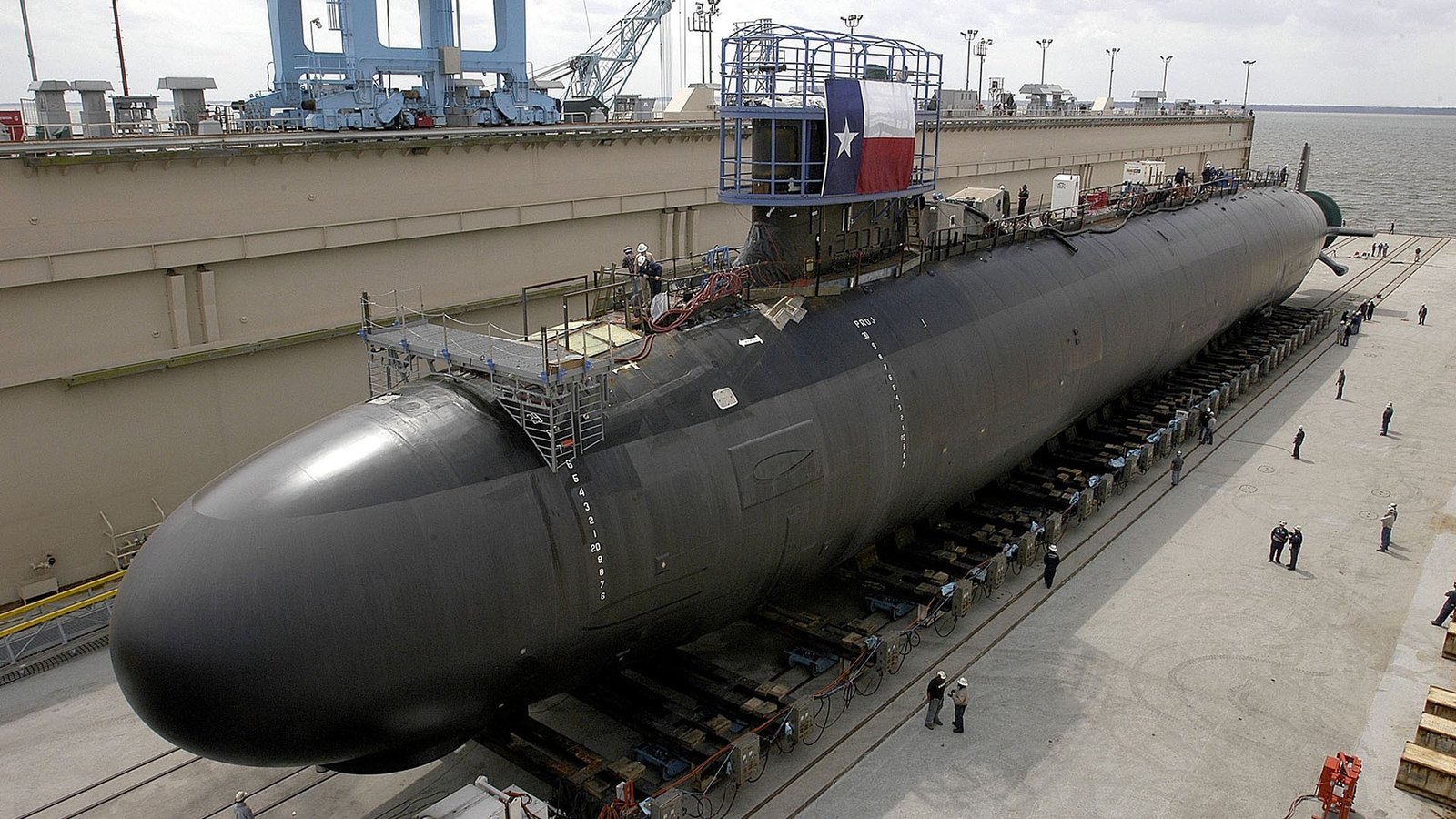
Few of the military resources come closer to the combination of technology, strategy, and industrial might than the United States Navy’s nuclear attack submarines. These vessels have long been America’s silent sentinels of the deep—silent predators that could strike at will, conduct espionage, and make enemies think twice before they dare challenge U.S. maritime power. Following their evolution from the Seawolf and Los Angeles classes to the Virginia class and now towards the ambitious SSN(X) program shows how changing threats, political realities, and industrial challenges have directed the Navy’s most elusive warriors.

Seawolf class was conceived during the last years of the Cold War as the Navy’s ultimate response to a fast-improving Soviet submarine force. By the end of the 1980s, Soviet designs had caught up with the Los Angeles class, which had become the core of America’s undersea fleet. The Seawolf was constructed to take a giant step ahead. It was quicker, quieter, and more powerful than its predecessors, boasting eight torpedo tubes and as many as 50 weapons. Its pump-jet propulsion meant it had a tremendous acoustic advantage, making it all but impossible to detect. The third and last boat, USS Jimmy Carter, was even extended 100 feet to accommodate clandestine operations, from special ops to intelligence gathering. It was a predating submarine.

But timing became its demise. When the Soviet Union fell apart in 1991, the Seawolf’s raison d’être disappeared overnight. At over $3 billion per ship, it was difficult to justify in a world suddenly obsessed with “peace dividends” and decreasing defense budgets. A projected fleet of 29 was reduced to three. The Seawolf was both a wonder of engineering and a testament to what occurs when strategy changes more quickly than procurement cycles.

That cancellation had a ripple effect throughout the submarine industry. The decline in production put huge shipyards such as Electric Boat and Newport News at a squeeze. Plants were closed, skilled laborers were let go, and suppliers pulled out of the game entirely. During the height of the Los Angeles and Ohio programs, more than 17,000 firms fueled submarine production; by 2017, only approximately 3,000 remained. The industrial “valley” created in the 1990s still haunts the Navy today, limiting its ability to ramp up construction when demand rises.

To fill the gap, the Navy turned to the Virginia class. Unlike the specialized Seawolf, the Virginia was built for flexibility and affordability. It sacrificed some raw performance but gained modular construction and an open-architecture design that allowed easier upgrades. Traditional periscopes were replaced by photonics masts. Reconfigurable designs enabled it to accommodate Navy SEALs and other special operations forces. Subsequent versions included major improvements: the Block III refresh added a new sonar array and payload tubes, while Block V added the Virginia Payload Module, increasing the additional 28 Tomahawk missiles. With each block, the class has been increasingly able to cope with an increasingly dynamic threat environment.

Despite this, the residual weakness of the industrial base has proved impossible to overlook. The production gap during the 1990s had left the shipyards racing to keep up with the Navy’s ambition of delivering two Virginias annually. Backlogs in maintenance have become so extreme that over one-third of the attack submarine force is frequently unavailable for operational use. The issue is not demand deficiency but a capacity and skills bottleneck in both shipyards and manning expertise—a direct result of decades of underinvestment.

This brings the narrative to the Navy’s SSN(X) next chapter: Future “Apex Predator” of Undersea Warfare. Looking to put the best elements of its predecessors together, the SSN(X) will be the cutting-edge submarine that embodies the Navy’s vision for the future. Consider the Seawolf’s speed and payload, the Virginia’s stealth and sensors, and the endurance of the Columbia-class missile subs. Its leaders have characterized it as faster, more heavily armed, and acoustically dominated in design.

Broader beams, new propulsion, conformal sonar, even directed energy weapons, and integration with unmanned underwater vehicle technology are all in the mix. It’s conceived as the world’s most powerful attack submarine—designed not only for today’s missions, bufor t future wars decades ahead.

Ambition, naturally, comes with a high price tag. Initial estimates place each SSN(X) at $6 billion, almost twice that of Virginia. That’s a tall order for a Navy already straddling Columbia-class construction and a big surface fleet. Existing plans envision production to build up in the 2030s and eventually produce a long-term target of 66 to 78 attack submarines by the 2040s. To reach that figure will take not only funds, but a revitalized industrial base to support such production without crashing under the weight.

The government has already acted on the urgency. The Defense Production Act has been invoked to bolster suppliers, billions have been allocated to increase shipyard capacity, and modernization programs are in progress to refurbish public yards responsible for submarine maintenance. Overseas commitments, including plans to share Virginia-class submarines with allies, only heightened the pressure to meet the deliveries.

The history of American attack submarines is really one of adaptation—of driving technology ahead while conforming to changing threats and economic imperatives. The Seawolf demonstrated what could be done when no cost was too great to bear. Tirginia exemplified the advantage of flexibility and cost-effective innovation. Now the SSN(X) looks to synthesize the best of both, to keep the Navy out front in the silent game beneath the waves. The challenge is evident: to create a submarine force that is not only great and state-of-the-art, but sustainable in the long term as well. The future of American dominance in the undersea environment hinges on it.
